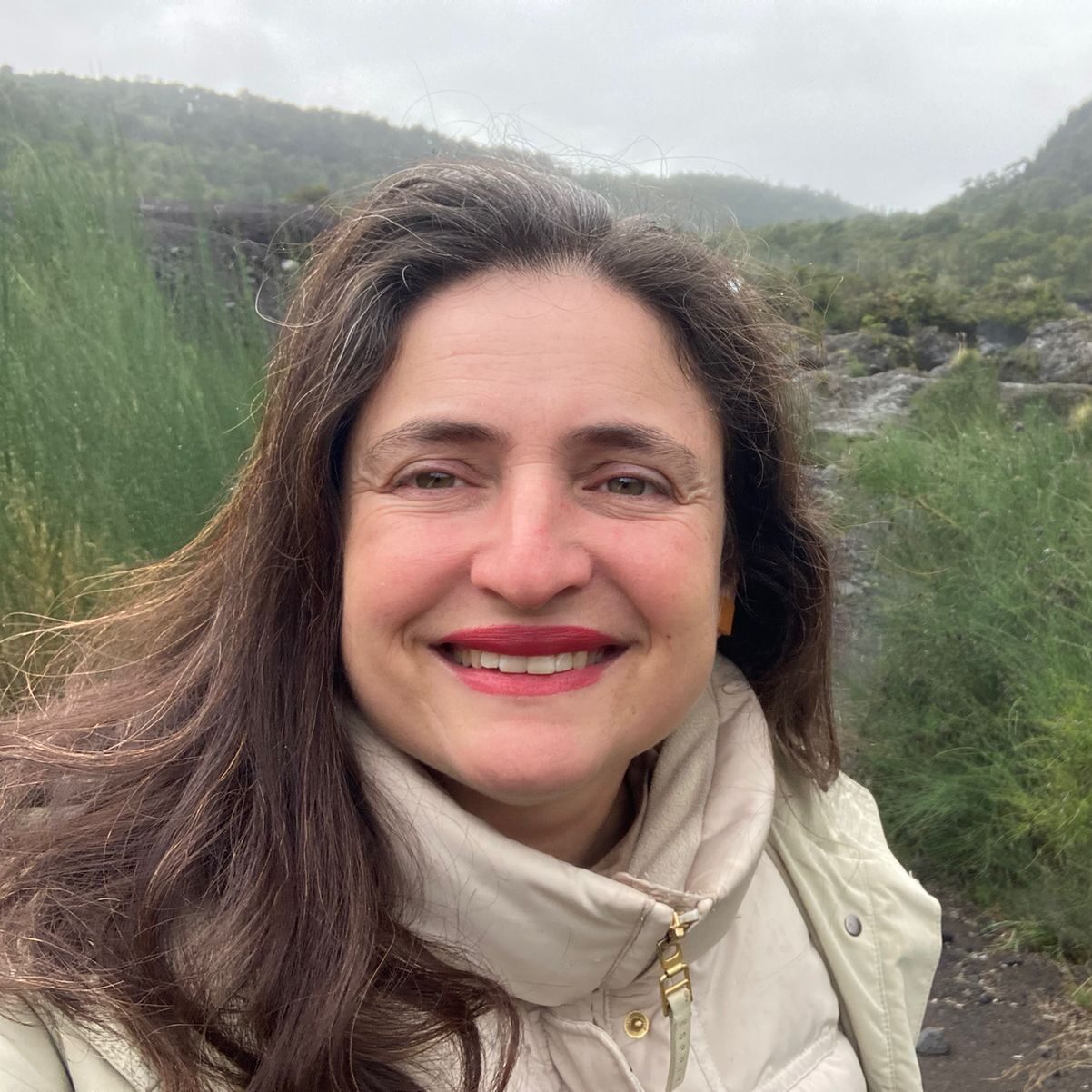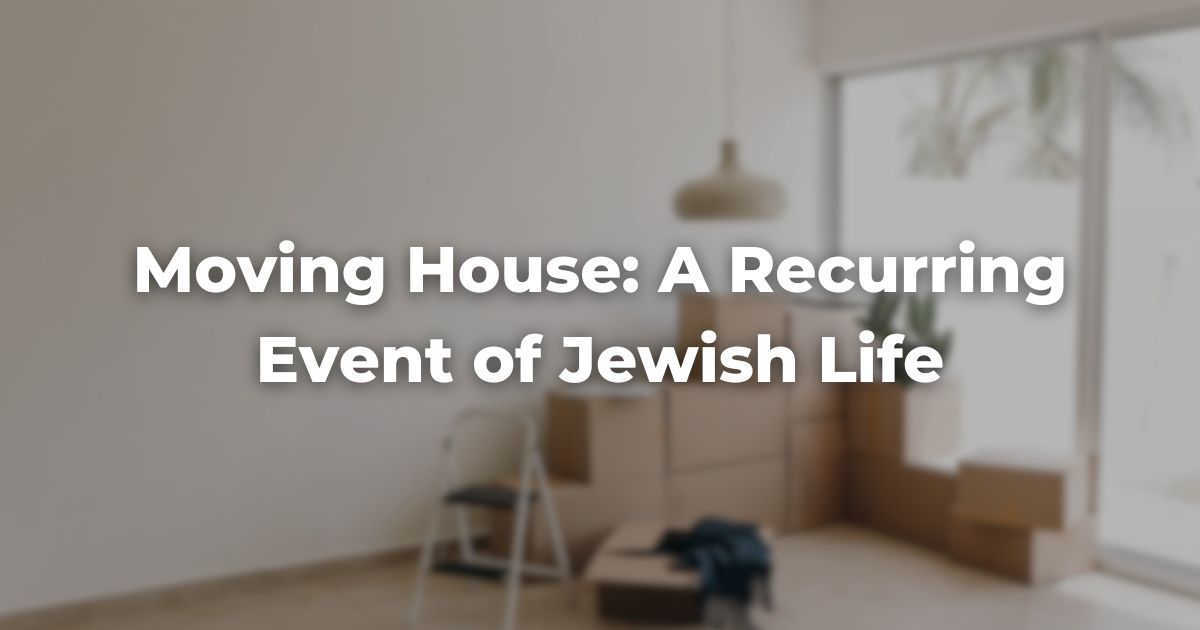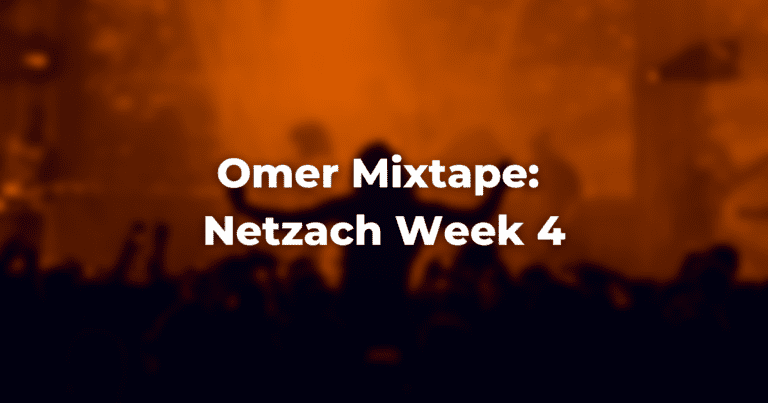Moving house is never an easy process, it involves an emotional burden and physical and mental exhaustion. Even when the move is expected and positive, it can be extremely stressful. The removal of the mezuzah from our old home and its installation in the new building are undoubtedly a significant milestone of the moving process.
Mezuzah isn’t just a scroll attached to the doorpost, and by attaching it to our house, it transforms them into Jewish homes.
Once, while walking through a small town in southern Germany, I accidentally discovered a groove in the stone lintel of a house, as if there had once been a mezuzah, a container with a Jewish prayer set at the entrance of Jewish homes.
My suspicion was confirmed by a signpost with information about the Löwenstein family. They were Jewish livestock traders who lived in that house in Rexingen for three generations. In 1939, the Nazi regime forced them to sell, and Leopold Löwenstein and his family — the last owner of the house — emigrated to the United States, possibly taking their mezuzah with them. His brother Heinrich went to Argentina.
Trading, antisemitism, education and marriage
Migration and living amongst fellow Jews are both important parts of Jewish identity. Sometimes, it was caused by antisemitism and other times by economic situations that allowed them to move within the social ladder into better areas.
Whatever the reason, moving from one neighbourhood to the next or from one continent to another, has been a common practice for Jewish populations around the globe for centuries. Jewish communities have always been a network that has supported each other through forced migrations, marriage alliances, and trading roads.
According to a recent study published in 2024 by the Pew Research Center, worldwide migration rate for Jewish population is of 20%, significantly higher than other groups: Christians (6%), Muslims (4%), Buddhists (2%), religiously unaffiliated people (2%) and Hindus (1%). Jews are only the 0,2% of the world population, but are the 1,1% of the world migrant population. Why are Jews so much more likely to move home and even country than others? How can this be supported by tradition?
The role of the mezuzah
This biblical mitzvah connects us with a remote past and one of the most widespread traditions, even in families with low levels of observance. The mezuzah has changed in forms and styles, however it is one of the most constant and oldest practices in Jewish history.
Halacha (Jewish law) is quite specific about the installation of the mezuzah and the writing of the klaf or parchment that is placed inside. The box that contains it can be made of different materials, and must be attached to the right side of the frame of the entrance door where a Jewish person lives, and is placed at a slight angle with the upper part pointing towards the interior of the property.
Ideally, it should be installed by the person residing in the property, but it can also be done by another person, such as a rabbi (you can find a community and rabbi to help you here), or someone close to the family. It is encouraged to put up your mezuzah as quickly as possible, or completed within 30 days after the person is living on the property permanently. It is an excellent opportunity to inaugurate the new home by inviting friends and family, and to organize a small celebration.
Just before installing the mezuzah, the following blessing should be said out loud:
בָּרוּךְ אַתָּה ה’ אֱלֹהֵינוּ מֶלֶךְ הָעוֹלָם, אֲשֶׁר קִדְּשָׁנוּ בְּמִצְוֹתָיו וְצִוָּנוּ לִקְבֹּעַ מְזוּזָה:
Barukh atah Adonai eloheinu melekh haolam, asher kidshanu b’mitzvotav vitzivanu, likboa’ mezuzah.
Praised are You, Adonai our God, Sovereign of the Universe, who makes us holy and commands us with the mitzvot to affix the mezuzah.
Various selections from the TorahRefers to the first five books of the Hebrew Bible, the Tanakh, also called the Five Books of Moses, Pentateuch or the Hebrew equivalent, Humash. This is also called the Written Torah. The term may also refer to teachings that expound on Jewish tradition. Read more are written on the inner scroll, such as the Shema, one of the central principles of Judaism. This scroll should be checked every seven years or if it is suspected that the scroll might be damaged for any reason, like running water, dust or moisture.
An ancient rite
The order to write the precepts of God at the entrances of houses and cities is present mainly in the Book of Deuteronomy 6:9: “Write them at the entrances of your houses and at the doors of your cities.”
There is also a reference in the book of Exodus 12:4-14, where it is ordered to mark the doors of the Jews with the blood of a lamb, to protect them from the angel of death during the most heartbreaking of the plagues of Egypt. From this passage comes the “protection” character that some give to the mezuzah. However, more than just protection, it is primarily a reminder of the precepts or mitzvot entrusted by God to the Jewish people, and a symbol of our covenant.
Home and identity
Halacha is not static, but a living body, non-dogmatic, and adaptable to the particular circumstances for each community and even each individual. By adding this small scroll to our home we declare our Jewish identity, commit to an ethical code, and transform a foreign space into a Jewish home. It is a way of uniting generations with each other, on a journey of knowledge and courage.
No matter if we are moving two blocks away or crossing an ocean into an unknown territory. Our moving boxes might include the Shabbat candlesticks, a chanukiah, a white tablecloth for Friday night, and at least one prayer book. Furniture and appliances might fill an entire truck. But Jewish baggage prioritizes words, just like the Loewensteins and many others did back in 1939. With only a single object, our mezuzah, with a small scroll inside, reminds us who we are and how to continue living.
Author
-

Journalist. Msc. in Anthropology. She was a fellow in the first cohort of the Exploring Judaism's Writer's Fellowship. South American Rabbinical Student in Europe. Mother of two fantastic daughters. Love to practice yoga, meditate and to cook for family and friends. Currently doing research on food & identity for Phd on Jewish Theology at Paderborn University, Germany.
View all posts




